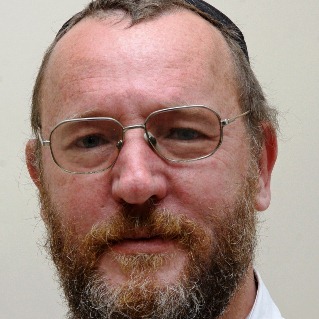click to dowload our latest edition
CLICK HERE TO SUBSCRIBE TO OUR NEWSLETTER


Published
8 years agoon
By
adminDAVID SAKS
Speaking at the Cape Town launch of the book last November, Tony Leon caused ructions by drawing parallels between the South Africa of that time and the situation today, commenting: “The presumed power and wealth of the 1930s Jewish community finds contemporary expression in the attacks, on all fronts these days, on the white community as a whole in South Africa.”
Back then, Jews were scapegoated as the cause of the country’s economic plight, accused of excessive control of the economy and depicted as being an alien, unassimilable element operating as the agents of sinister foreign powers.
This, increasingly, is how whites are being spoken of today. Even today’s controversial “black empowerment” questions had their counterpart back in the 1930s, when none other than Hendrik Verwoerd argued for quotas limiting the number of Jews in the professions and the economy and thereby facilitate the socio-economic upliftment of the Afrikaner.
A common theme of anti-Semitic discourse was that Jews exercised too much economic power, to the detriment of the rest of the white population.
Shain records how pro-Nazi agitators like Louis Weichardt, citing “outrageously inflated statistics”, would tell audiences that 90 per cent of licenced hotels, 100 per cent of wholesale butcheries, the stock exchange, theatres and bioscopes”, 70 per cent of retailers and 90 per cent of the press, were in Jewish hands.
As was intended, such “revelations” did much to stir up feelings of resentment and distrust against Jews, and to at least some degree, we are seeing similarly emotive, and factually questionable claims being made about whites today.
One of those consistently guilty of indulging in such rhetoric is ANC Western Cape leader Marius Fransman who, for example, told the Cape Town Press Club in October 2013 that whites (and particularly Jews) constituted 98 per cent of land owners and property owners.
If parallels can indeed be drawn between pre-war South Africa and our own times, it is vital not to overstate them. Regarding anti-Jewish prejudice, this can only in part be attributed to scapegoating and fears of competition at a time of widespread economic hardship.
As Shain makes clear, the Jew-baiting rhetoric of the time “resonated precisely because a widely shared negative Jewish stereotype had been firmly laid in the preceding decades”.
By contrast, anti-white feeling among blacks, rather than being driven by crude race or religious-based prejudices, are rooted in very real and bitter historical experiences, even if this often manifests in questionable generalisations, over-statements or factual inaccuracies.
Shain meticulously details how after 1930, anti-Semitism shifted from being a fringe phenomenon located essentially in the realm of ideas to the centre of public discourse. It was a major issue, for example, in the 1938 general election, when it was used by the opposition Gesuiwerde Nasionale Party as a stick with which to beat the government.
In addition to resulting in legislation radically cutting down on German-Jewish immigration (the Aliens Act of 1937), this involved debating whether to place restrictions on the economic and professional activities of Jews already in the country.
Far from being limited to the Afrikaner community, moreover, such sentiments were common currency among English speakers, including not a few prominent intellectuals.
Nevertheless, it was within Afrikaner nationalist circles that anti-Semitism was especially pronounced. This can be attributed both to the prevalence of severe poverty (“Poor Whiteism”) in this sector and to the rapid burgeoning of an assertive, exclusive form of Afrikaner nationalism which mirrored in many ways the basic tenets of German National Socialism.
Intense anti-British sentiment, dating back to the defeat and absorption into the Empire of the former Boer republics following the Anglo-Boer War, was a major driving force within Afrikaner nationalism, leading many to identify with Britain’s enemies. A similar reason might be advanced to explain why, in its foreign policy, today’s ANC-led government consistently adopts positions antithetical to the Western democracies.
Much more, of course, could be said concerning these and other compelling questions raised by A Perfect Storm. Suffice it to say that Shain has produced a great deal more than an account of what was experienced by a minority community within the white population during the pre-war and wartime years.
As readers will discover, it provides trenchant new insights into political developments during a watershed period in South African history as well as providing much food for thought with regard to where the country finds itself today
